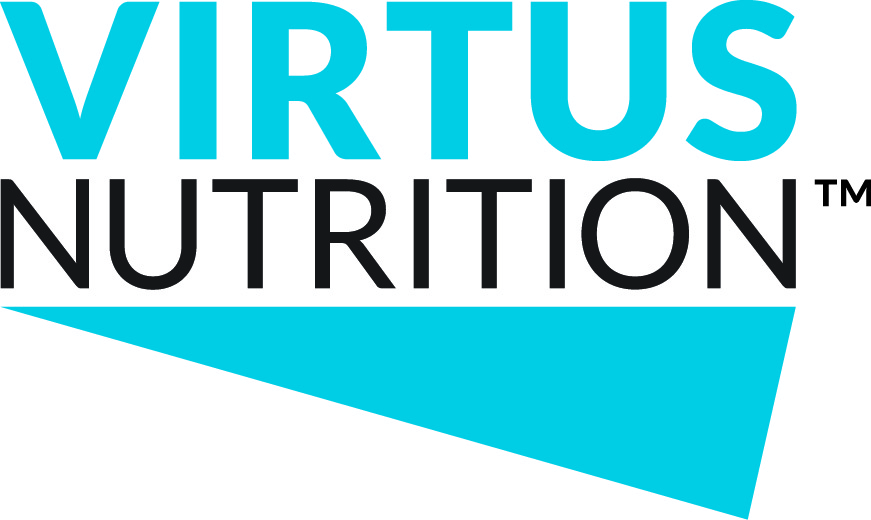“Just because something is common doesn’t mean it is normal.” While transition health events are common in dairy cattle today, it doesn’t mean that this must be our normal in the future. We can do better and the latest research from France, et. al, at Cornell University on the nutrient synergies between methionine and EPA/DHA omega-3 is a great step toward that goal of making disease-free transitions more the norm.
The hypothesis
The focus of France’s research is on testing the hypothesis that if transition cows are lacking adequate levels of both EPA/DHA omega-3 and methionine, their liver function would be impaired, causing an increase in fatty liver and lower production due to less partitioning of fatty acids to the mammary gland. This is research effort is focused on exploring nutrient synergies versus simply focusing on one nutrient or the other . . . a recognition of the “system” that is the cow and the complexity of how nutrients interact to support all the cow’s vital functions.
Methionine is an essential amino acid and the first limiting amino acid for milk production in cows. Rumen protected (RP) methionine has been shown to increase milk production, reduce oxidative stress, and improve liver function in the transition period. EPA/DHA omega-3 is an essential nutrient that is fed as a calcium salt to prevent against biohydrogenation in the rumen. These bioactive omega-3s are critical for embryo development and healthy immune function, as they activate the anti-inflammatory response with resolvins and protectins.
The study design
This transition study included four treatments that spanned from three weeks prior to calving through four weeks post-calving. Treatments included: 1) Inadequate levels of both nutrients; 2) adequate methionine and inadequate EPA/DHA; 3) inadequate methionine & adequate EPA/DHA; and 4) adequate levels of both nutrients. For reference, the diets without RP-methionine were formulated to be deficient in methionine at ≤0.96 gram of methionine per Mcal of metabolizable energy versus the + RP-methionine treatments were formulated at >1.13 grams of methionine per Mcal of metabolizable energy. Likewise, the diets without EPA/DHA were fed EnerGII with no omega-3s at 1.5% of dry matter vversus the +EPA/DHA treatments included EnerG-3 with EPA/DHA fed at the same rate (this equates to ~0.4 pound pre-fresh and 0.7 pound post-fresh).
Improved ECM and liver function
The results from this study showed strong production improvements in response to feeding adequate levels of either methionine or EPA/DHA pre and post-fresh, plus positive synergistic effects in performance and in improving liver function. Adding EPA/DHA versus a fat supplement without omega-3s yielded 5.3 pounds more ECM, plus higher milk fat and protein yields (p>0.05). Likewise, feeding adequate versus inadequate levels of methionine also resulted in improved ECM (7pounds), as well as higher milk protein percent and yields, and milk fat yield as well. The researchers also saw improvements in the Liver Functionality Index (LFI) when cows received adequate levels of both nutrients, reinforcing the synergistic mechanisms that France hypothesized before the study began.
Fatty acids are not just for energy and amino acids are not just for increasing protein in milk. This study highlights the improvements across the cows’ physiology when her basic nutrient requirements for EPA/DHA and methionine are met, supporting health and efficient production together.

